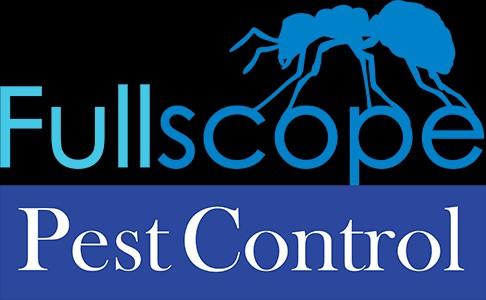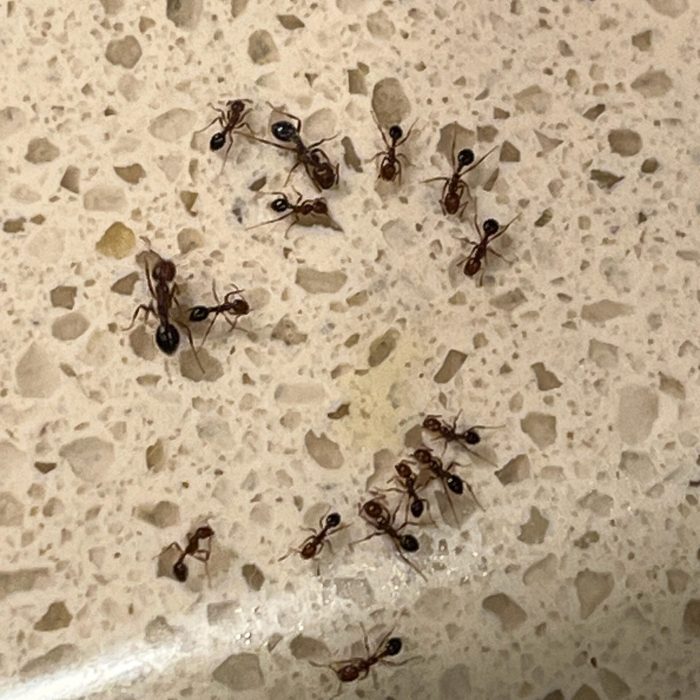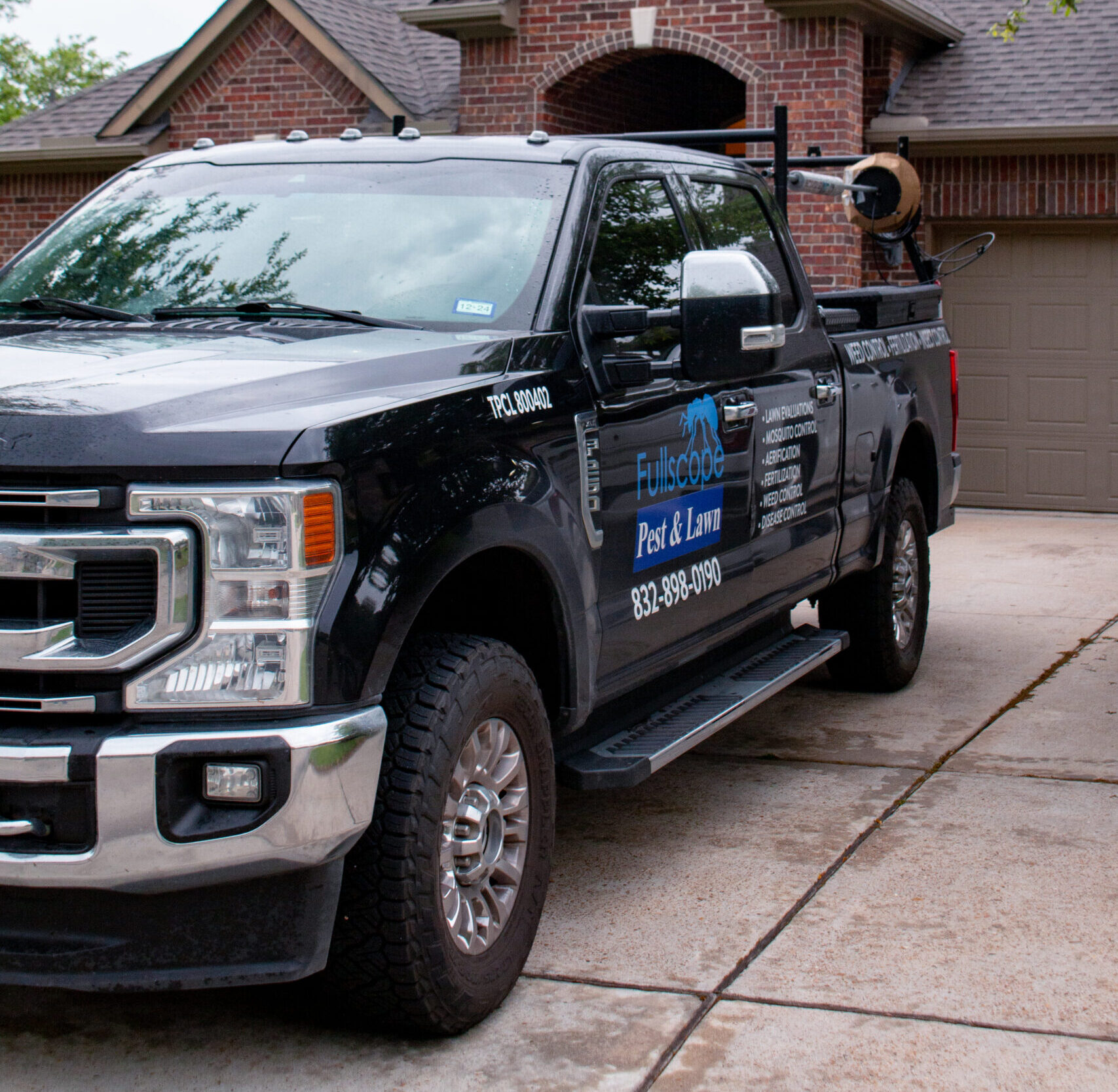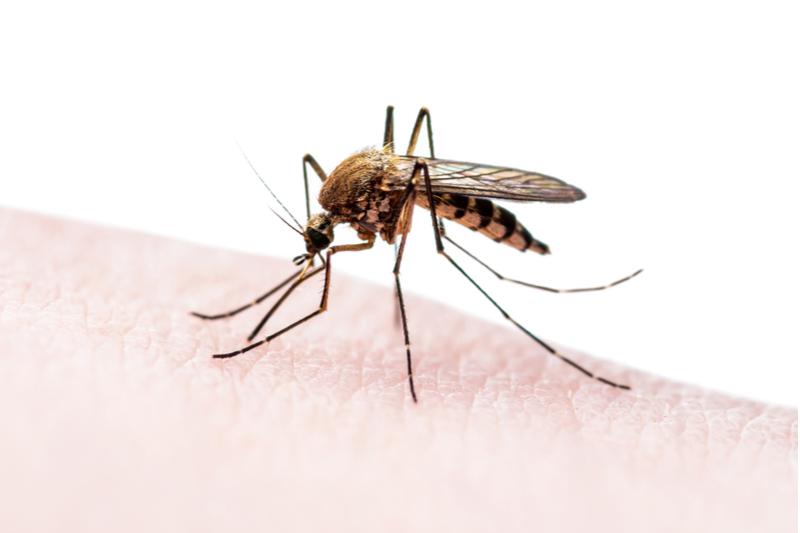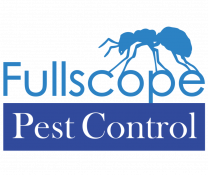Did You Schedule A Bed Bug Treatment?
Preliminary Actions To Take Prior To Getting Your Home Treated
Prior to the arrival of a bed bug exterminator, it is crucial for you to do your due diligence in preparing your home for treatment to ensure the highest level of success in getting rid of your bed bug problem. Here we will share with you important steps to take before your schedule treatment date so your home will be ready for bed bug extermination.
Preparation includes helpful actions like making it so your home is easily accessible to the specialists as well as sanitation measures to take and suggestion on what to do after treatment has taken place.
We do realize that proper preparation of the home can be a tough task to tackle in a short period of time and that the elderly or disabled individuals may need extra assistance and more time to ensure prepwork is complete.
Please note: If the following preparations are not done prior to the exterminators arrival, they will not be able to perform the treatment procedure.
Recommended Read :BED BUG EXTERMINATION
Furniture Moving And Decluttering
To allow for easier access to bed bug hot spots, pull all furniture that is resting against the wall at least 2 feet. Bookcases and desks should also be cleared off and be empty for treatment as these are areas where bed bugs are known to hide out.
- Mattresses and bed frames should be lifted off of the bed frame and stood up against a wall.
- Clothing in closets should be pulled out and placed into plastic bags and stowed away.
- Dressers and nightstands should be emptied out for bed bug treatment. Place the items in plastic bags and store them in the living room.
- Any bookshelves should be cleared of books and be packed in boxes to be stored in the living room.
- Items that are hanging such as art work, mirrors and picture frames should be pulled down to be inspected by the exterminator.
- Sofa beds or futons should be opened up for bed bug chemical application.
Warning: A home that has not gone through a process of decluttering will unfortunately not be treated by the exterminator. The most successful final result will only take place in a clean home. Untidiness will lessen the effectiveness of the treatment program and not meet the goal of totally eliminating the bed bug problem.
Clothing and Fabrics
All clothing and fabrics that is possible to be put in the washer and dryer should be washed and dries and then quarantined in clean or new plastic bags or containers and sealed shut.
You will see a full list of items which should be put to wash in our checklist:
- Wash and Dry all items (including fabrics and bed sheets) according to the label. It is recommended to place the washer and dryer on the highest temperature allowed that will not damage your fabrics as temperatures reaching 140 degrees or more are guaranteed to kill bed bugs which may be lingering on the items.
- Bags used to move laundry to the washer and dryer should not be reused and should be immediately tossed out. All items that have been cleaned in the washer and dryer should be placed in new, clean plastic bags that should be sealed tight during the extermination process.
- For items that cannot be washed but can be dried, they should be put in the drier for at least half an hour. Immediately throw away any debris caught in the lint trap after each drying cycle.
Vacuuming
A detailed vacuuming of your home is a vital part of preparing your home for bed bug treatment. It also is essential to use a vacuum attachment that can be used around crevices and other hard-to-reach areas where bed bug usually hide such as mattress folds, furniture interiors, baseboards and similar areas. Make sure to toss away vacuum bags after use or clean out the canisters with hot water and soap.
Areas of Focus:
- Floors, carpets and area rugs
- Mattresses including all crevices, handles, or buttons
- Baseboards, bed frame, sofas, futons, recliners and other upholstery
Furniture Disposal
There may be cases where it may be best to dispose of bed bug infested furniture such as beds, mattresses, box springs, sofas etc. Whether you choose to keep them or dispose of them is up to you. Tossing out infested items and replacing them anew may not be the end of your bed bug problems. If the item is relatively new and in good condition, you could salvage it via treatment. For mattresses and couches we highly recommend after treatment to install bed bug covers on these susceptible items. The mattress and box spring encasements reduce the likelihood that bed bugs will reinfest your items and lengthen their lifespan.
For furniture that you will throw out, damage it in such as way that it will not be picked up or reused by others. Example: Mattresses should be cut open or damaged in such as way that it is unusable.
What To Do After Bed Bug Treatment
After the bed bug treatment has completed, we recommended staying out of the home for at least four hours to allow all chemical to dry out completely. After this length of time it should be safe to re-enter the home for you, your family and pets. Resume living as normal but if you are scheduled for a follow up treatment, make sure not to move your furniture to their normal places until the follow up treatment has been done.
As difficult as this may be for some, it has prove to be the most effective protocol to follow prior to bed bug treatment. If you have any questions or concerns, feel free to contact us.
Bed Bug Preparation Checklist
For your convenience, we have prepared this checklist for you to print and use during the preparation process to keep track of your progress.
- Wash all fabrics, bed sheets, clothing, stuffed animals, etc., in the highest washer and dryer temperature settings
- All washed and dried items should be placed in new plastic bags or plastic containers, sealed tightly and relocated to the living room.
- Send all clothing that can not be laundered to the dry cleaners.
- Empty out closets, including any items on closet shelves. Follow the procedure above for laundering all clothing.
- Clear out items from dressers, night stands, chests, etc. and place them in plastic bags or sealed containers in the center of the living room floor. None of these items should stay in the bedroom.
- Vacuum floors, carpets and area rugs. Use crevice attachment to vacuum baseboards, bed frames, sofas, and other furniture items. Discard vacuum bags or clean canister after use.
- Empty out any luggage bags for inspection.
- Remove all items hung up on wall and place on the floor in the rooms where they were hung so they can be inspected and treated (picture frames, artwork, wall clocks, and decorative items)
- All large pieces of furniture should be pulled at least 2 feet away from the baseboards and walls in every room of your home.
- Pets and People must stay out of home during treatment and at least 4 hours after treatment is complete. Fish tanks should be covered or taken out. Air filters for fish tanks must be turned off during treatment.
- All mattress and box spring covers must be removed from mattresses & box springs before exterminator arrival unless the encasement is a specialized bed bug control cover.
- Shoes should be placed in new plastic bags or plastic containers, sealed tightly and relocated to the living room. If shoes can tolerate a dryer cycle, first place them in the dryer on hottest cycle for 30 minutes. No shoes should be left in the bedroom or closet.
Get The 411 On Bed Bugs In This Quick Fact Sheet
What are Bed Bugs?
Bed bugs are bloodsucking parasites which like to invade and frequent human dwellings.
How Does a Bed Bug Look?
An adult bed bug resembles an apple seed. They are ¼ of an inch long, have an oval shape and are reddish brown colored. Less mature bed bugs, called nymphs, are smaller in size and look almost transparent or beige colored.
Can I See Bed Bugs?
Even though they are small and good hiders, you can see bed bugs. You’re more likely to spot one at night when they are active since they are in hiding during the day.
Where Do Bed Bugs Hide?
Bed bugs are small and have flat bodies, which makes it easy for them to squeeze into tiny cracks and crevices on the mattress and box spring, behind headboards, and inside furniture. They like to live together and can be found in bunches in mattress folds and other dark secluded areas.
How Do People Get Bed Bugs?
Via travel. Bed bugs hitch rides on traveling people’s luggage or clothing unsuspectingly. They are found mostly in hotels, movie theaters, train cars, airplanes and many other public places where lots of people from different areas come and go.
What does a bed bug bite look like?
Very similar to flea or mosquito bites. They are small and red but it can very depending on a person’s skin reactions.
Why Am I Being Bitten and My “Significant Other” Isn’t?
Bed bugs inject a numbing substance into your skin when biting so we don’t wake up to them sucking our blood and it is this that causes our bumps and itchy reactions. For some though, they may not feel any reaction or discomfort by the bites but that doesn’t mean they are not being bitten.
Can I Do a DIY Bed Bug Treatment?
You could try but it is best to leave the treatment to the pros who have studied bed bug habits and have the right tools and equipment to treat bugs and know how to use them. We use the latest products and techniques in the battle against bed bugs, so you can count on us guaranteeing successful bed bug control rather than a hit or miss DIY product.
How long does it take to get rid of bed bugs?
Usually it would take at least two thorough bed bug treatments. This is due to bed bug eggs, which are tiny and hard to find, surviving treatment. The follow up treatment performed 2 or 3 weeks later will get the eggs which will have hatched after the initial treatment.
Should I Throw Out My Mattress and Furniture?
You could but we don’t recommend it. Our bed bug treatment can help you salvage your furniture and clear out the bed bug infestation.
Now you know all you need to know about bed bugs and have all the essential advice to prepare for an upcoming bed bug treatment. By following this guide, our exterminators will be able to arrive to your home and begin treatment quickly and carry out a smooth procedure.

